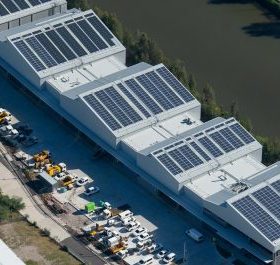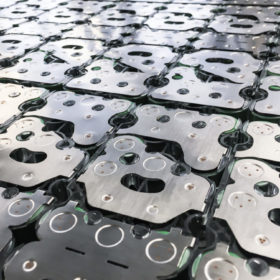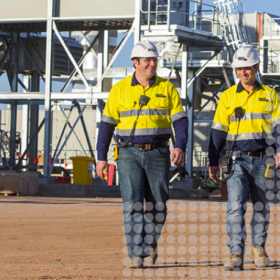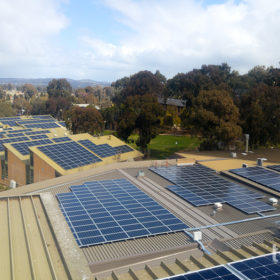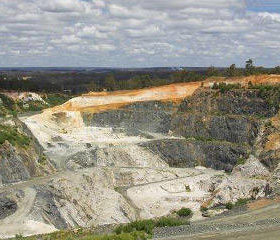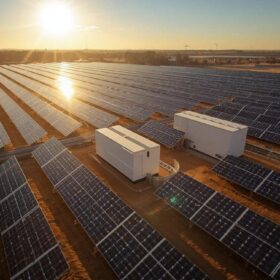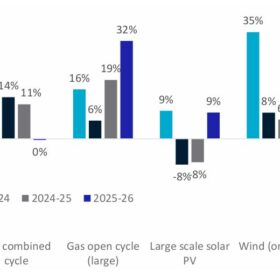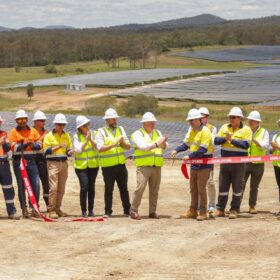How to profitably up-cycle 80 million tonnes of PV waste by 2050
New research by UNSW examines the economic barriers, the technologies and opportunities in recycling end-of-life silicon photovoltaic modules for profit.
Battery storage market will be worth $13 billion by 2023
Analyst Globaldata says falling system prices, and the need for more resilient grids and favorable policies, continue to fire the energy storage industry around the globe and the Asia-Pacific region is likely to remain the biggest market.
Coal mining museum powered by solar PV and battery storage
In a powerful demonstration of Australia’s energy transition, the Victorian State Coal Mine, a tourist attraction in the coastal town of Wonthaggi, is now powered by a solar and battery storage system.
Gas boss backs PV to hydrogen
Outgoing APA Group CEO Mick McCormack has pointed to a bright future for power-to-gas in Australia in an address to a Macquarie Group conference this week. The long-serving gas infrastructure head said that excess PV generation, particularly when generation is at remote sections of the grid, could be utilised to produce green hydrogen.
China confirms FIT level payments – but they will be ‘subject to competition’
The Beijing authorities have confirmed the payment levels to be made according to type of project and region from July onwards but an auction process will be involved so the figures are for guidance only. No decision has yet been made on the 30 GW of capacity added since the end of May.
Garnaut sets out vision for Australia’s emergence as post-carbon energy superpower
Climate Change Review author and economist Ross Garnaut’s has argued that decarbonising Australia’s electricity sector will result in cheaper power, a more reliable grid, and will set up the nation to emerge as a “superpower of the post-carbon world.” Garnaut concludes that Australia could be powered by 100% renewables by the early 2030s – driven by PV.
Labor resi battery subsidy to push paybacks below 10 years
The Smart Energy Council has sketched out a scenario that demonstrates that Federal Labor’s plan to provide $2000 rebates for residential battery storage units, assuming they have rooftop PV installed, will save households between 60-80% on their power bill. In all Australian states, SEC finds that battery paybacks under the subsidy will fall to 3.5–10 years.
Renewable energy will surpass coal in the US this month and next
The volume of U.S. electricity generated by renewable energy is set to surpass the level sourced from coal for the first time this month and the trend is expected to continue in May, according to Department of Energy data.
Labor to connect 4,000 schools into VPPs in $1 billion solar program
Federal Labor has pledged to roll out solar PV and batteries at schools across Australia and create virtual power plants supporting up to 365 MW of capacity.
Mining of battery resources to get funding boost, WA’s South West to become REZ under Labor
As part of its Future Mines and Jobs Plan, Labor has pledged to revive the Exploring for the Future funding and invest $75 million in developing the future mining of resources such as lithium. If elected in the upcoming federal election, the party will also make the south-west of Western Australia a renewable energy zone, meaning the region will be able to access funding through the party’s planned $5 billion Energy Security and Modernisation Fund.
